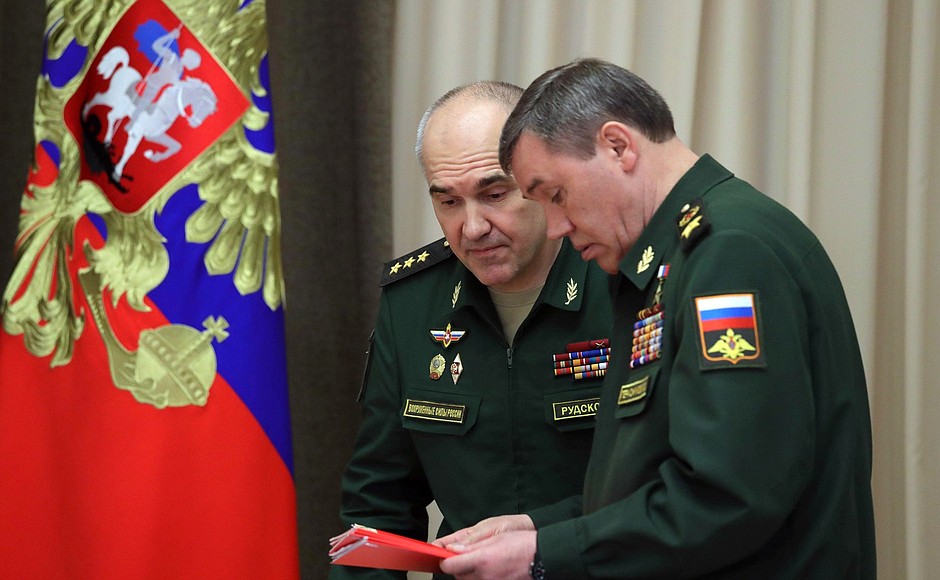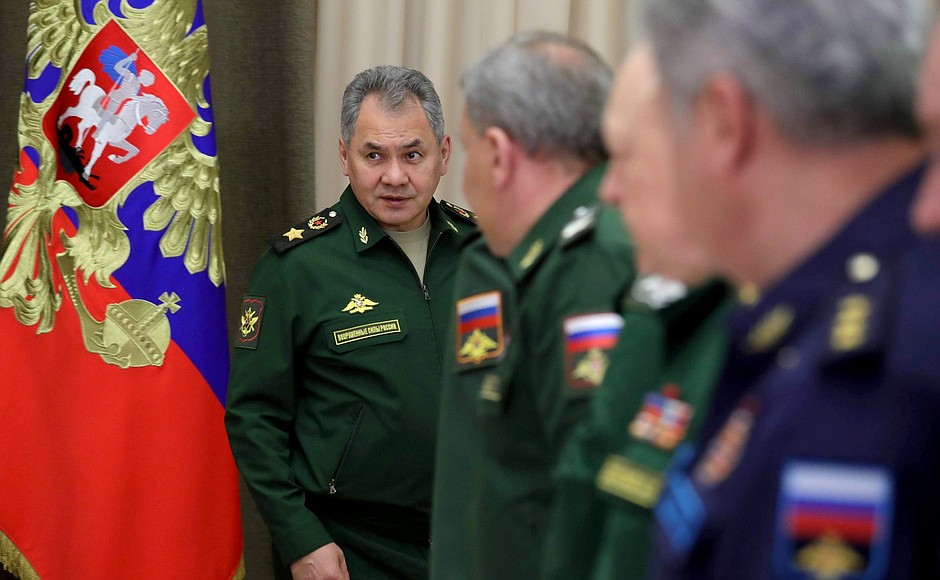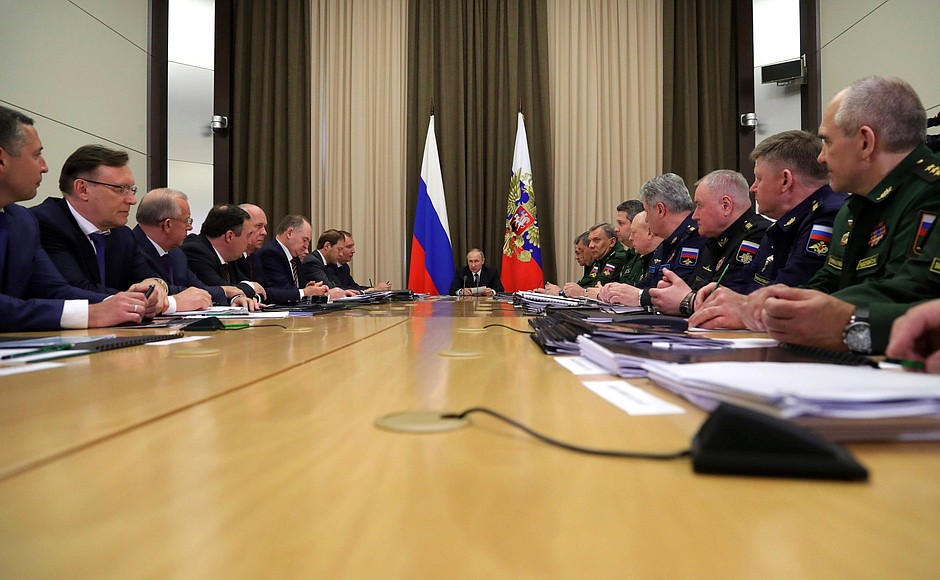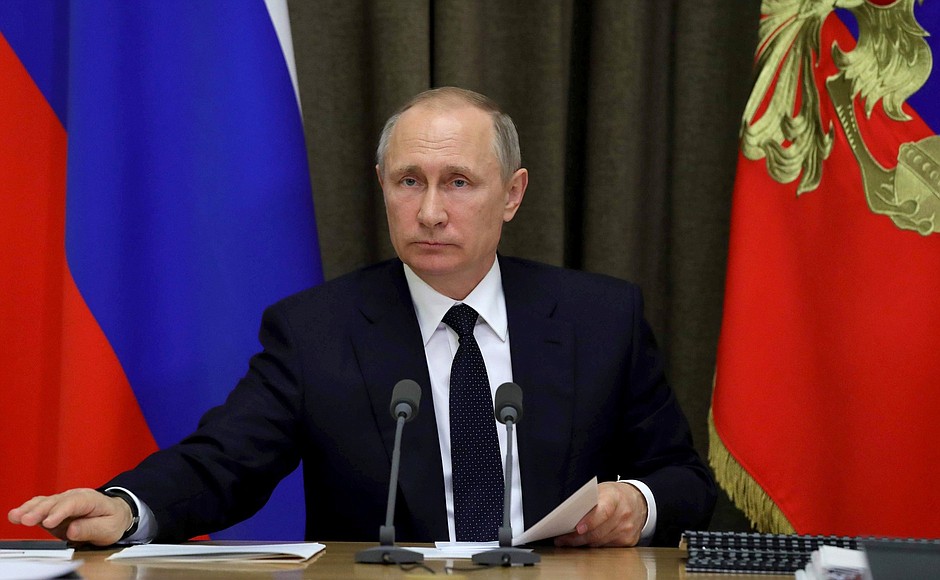President of Russia Vladimir Putin: Good afternoon, colleagues,
We will continue our work and discuss today a number of matters related to the drafting of the State Armament Programme for 2018–2025.
I remind you that this programme will be the main instrument for implementing the military-technical component of our defence and security policy through to 2025 and beyond.
See also
The new programme will ensure balanced development of weapons systems for all branches of the armed forces and gradual delivery to the different units. This will substantially raise Russia’s Armed Forces combat capability and ensure they can fulfil the responsible mission placed upon them by the Military Doctrine, National Security Strategy and a number of other important documents.
The planned work will not just provide the army and navy with modern weapons and equipment, but will lay the scientific and technological ground for developing completely new types of weapons.
In our work on the draft of the State Armament Programme, we should remember that these plans will be carried out in tandem with our import replacement efforts. The import replacement programmes are making good progress. We discussed this at the meeting in Rybinsk and concluded that overall, the programme for import replacement in the defence industry is producing good results.
But we should not forget that we still have much to do. I am referring, above all, to developing our domestic electronics component base, carrying out contracts for full life cycle military goods, and synchronising timetables for completing the needed infrastructure with those for new weapon supplies.
Today, we will discuss the situation with the ground and airborne forces. We will discuss their development prospects in the context of the draft State Armament Programme through to 2025.
I note that by the end of 2017, modern weapons should account for 42 percent of the ground forces’ weapons, and for 58 percent of the airborne forces’ weapons. Over the coming programme period, it is important not just to boost the figures, by to give our conventional weapons systems new quality.
Resolving this task depends directly on our defence industry’s capabilities. We must evaluate their production and technological capabilities and the development potential.
We will first hear reports from the Commander-in-Chief of the Ground Forces and the Commander of the Airborne Forces. They will be followed by the heads of the defence industry integrated organisations and companies, who will brief us on the issues concerning the implementation of these plans.
Let’s start work.
<…>



